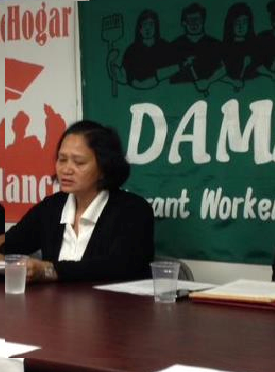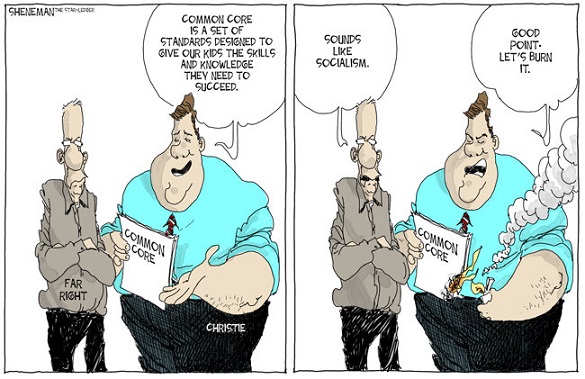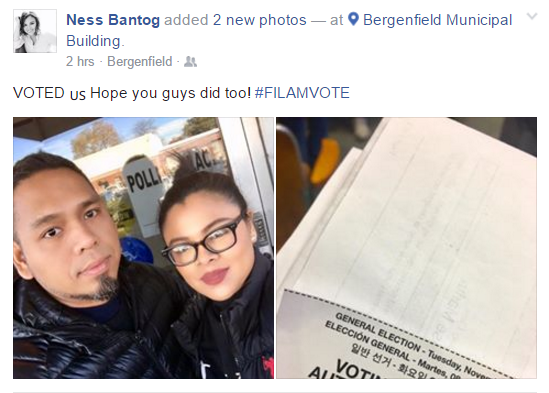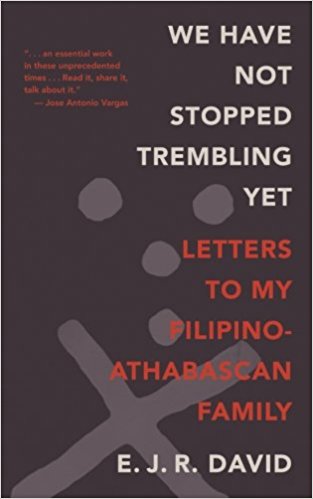Letters to our children — native, brown, yellow, white, black, gay
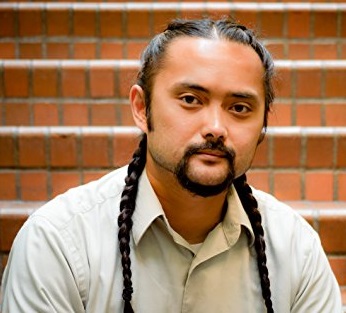
In the book, Prof. EJR David writes to his children about their multiracial ethnicities – American, Asian, Filipino, and Athabascan.
Two thousand and three was not a good time to be with child. In March of that year, the U.S., UK, Australia, and Poland invaded Iraq. The same week, I was told that the baby that I was carrying was going to be a boy.
On the subway ride home from the doctors’ office, I remember looking up at the advertisements and realizing that there were no brown nor black faces. I remember thinking that most likely my son is going to be brown like me rather than white like my husband. He will need brown skinned men to look up to. I have only sisters; my dad and all my close male cousins live in Manila. I wondered—How does one raise a Filipino American son?
In “We Have Not Stopped Trembling Yet, Letters to my Filipino Athabascan Family,” Filipino immigrant and Psychology Professor at University of Alaska Anchorage, EJR David writes a series of missives to his Filipino Athabascan family. David’s wife is part Athabascan, the native people of Alaska.
David, who moved to Alaska when he was 12, wrote the book after his best friend Pamiuq, who is Inupiaq was shot and killed by police in his own home in February 2016. Pamiuq was 36 years old and left behind his wife and three young children. Pamiuq’s death led David to think about his own death and how to prepare his offspring.
“I began to think of the possible risk-factors and threats to my life…and I realized I need to tell you what happened to my parents, the generations before…about our ancestors and what was violently taken away from them…the factors that played a role in my life and therefore factors that will play a role in my death.”
In the book, David writes to his sons Malakas and Kaluguran, and his daughter Kalayaan about cardinal events in Asian American and Filipino American history, events that I read in disparate books when I first became an American citizen; historical milestones that I wish every Filipino American knew. David writes about how the Philippines fought for independence and but underhandedly became part of the United States. He describes the U.S. laws that discriminated against immigrants of color. He also tells us about the history of his wife’s ancestors, the native people of Alaska and how he thinks it is inevitable that his children will be weighted by the native people’s and the Philippines’ colonized histories.
“Your ancestors’ traumatic colonized history can still have very really, destructive, and lethal manifestations…I also worry about you as children of a colonized Filipino man with internalized oppression.”
David also recounts the many instances of discrimination of minorities in the U.S. especially after Donald Trump became President.
The phrase, “we have not stopped trembling yet,” is a line from U.S. civil rights activist and writer James Baldwin’s essay, “My Dungeon Shook: Letter to My Nephew on the One Hundredth Anniversary of the Emancipation,” published in 1962.
“It looked bad that day, too, yes, we were trembling. We have not stopped trembling yet, but if we had not loved each other none of us would have survived.”
I applaud Professor David’s use of James Baldwin’s phrase for the title of his book. I see it as a rightful tribute to the participants of the Civil Rights Movement of the 1960s which we all (black, white, brown, yellow, red) benefit from.
David’s book can sound too academic, he is a professor after all, but behind the discussion of thought processes and historical facts, is his love for “kapwa.”
I am not sure how my son, Emil, now 14, will respond to the book. He says he has not experienced racism—he is white passing—but he has been stared down in the subway for acting effeminate. His friends, however, black, brown, and white and the leaders in the public schools he has attended seem to celebrate all ethnicities and gender expression. Is American culture changing, or is Emil’s experience positive because we live in the bubble that is New York City? Nevertheless, I think Filipino Americans all over the country will find truths about ourselves in David’s letters.
“How does one raise a Filipino American son?” I ask myself again and again over the years. Filipino American parents, a pivotal step is to read David’s book.
Tricia J. Capistrano’s articles have appeared in Newsweek, Mr.BellersNeighborhood.com, the Philippine Star, and TheFilam.net. She is the author of “Dingding, Ningning, Singsing and Other Fun Tagalog Words.” Her essay, “Inadequately Asian” published in this magazine, was awarded the Best Personal Essay during the 2017 Plaridel Awards held in San Francisco.
© The FilAm 2018


